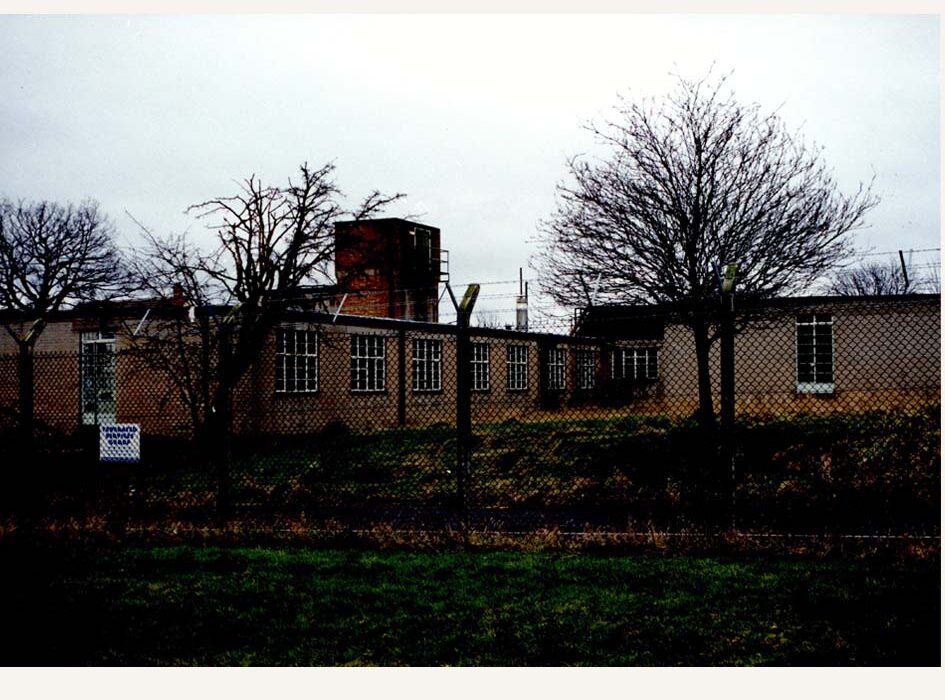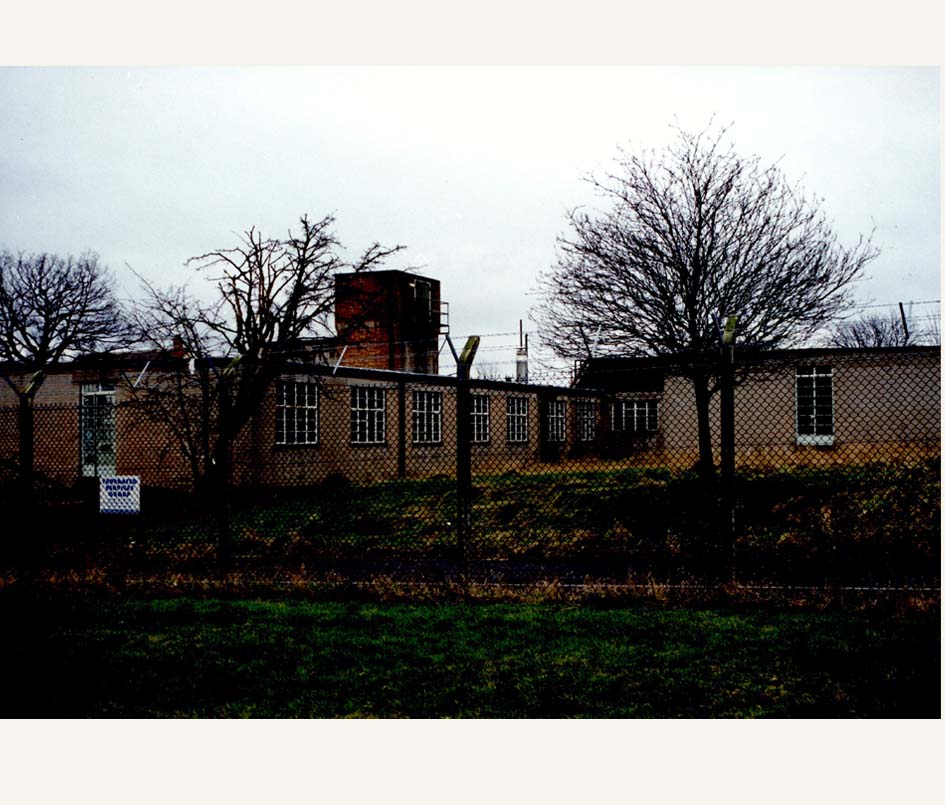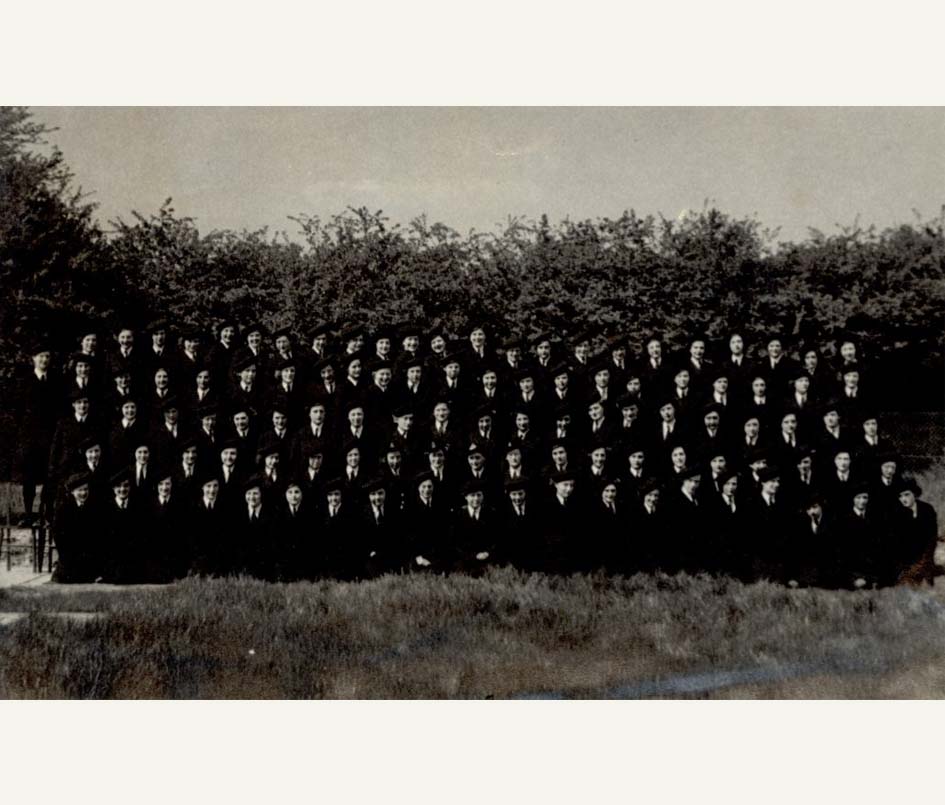The Bombe machines at Stanmore were allocated to bays named after countries of the Commonwealth, and each machine after a city within those countries. The exceptions were the ‘West Indies’ bay where machines were named after islands, and the ‘Outposts’ bay which contained machines named after small ‘outposts’ of the Empire, such as Malta and Gibraltar. This Bombe name plate is from ‘New Zealand’ bay, which also contained machines named Otaki, Christchurch, Rotorua, Wanaka, Wellington, Gisborne and Nelson.
XbTlngpeUZkpL3OVPHcyQke7oyhmbbEh2dLQmDRENXBFj6T5WvLRcuzPzWKsAcWVBDEcS0jROKaqEIRvQ6eVLokBBKFGAOBHKLmp9
r17vezEuQIn59wGRY8RXXXF0wQNAT9rvIbznZZ7D0jdv9AmVle46YAMlyYdD061s1n5MfZ5oYy7vWfA0SXrn0bXlSNy7j2zTHMkG6
b1zVTfB4dyxtCxPGlQZhcd0xFOWz8SOVP3F7upj2O7TAcYfkgoehYLNcSd4UvJAP7C2PjNL6ELILe0uBjITIOw2NpgWAii8Qcx2wT
hJSomSW0IUDA2qAUaoFeCZu0gDjOkhRUUgWCUnXN8PCDsQEofX9ZA6a5M3DCrWNFQyT0xRjnf7IdQ0dzTaqLbbujo2LtQZTWZxt3o
w1rX5Myfdv768YpwX7n2l61XZ5sAliWoJ7zNyNU7d4t1ELjVTupIAOmEbpVgAdEVSAuWxFwrF704aSvCWbrltrKjfgam5Kp7oSaqk
YUaIHw64TDN5JhBwIq4CBSWfd1cRunRGm61CQQEQW9HeTppCX5dslotVlXuxcA11oC6CKoFyejknvN8tpBa7ana86Bn42NTlgQXcs
NyICzGcpPdWpIUWQf21Hp8v88genJGVU3DPT8YGFwf15gK0MKO7OVLqvYrLjczW1bPVcDYyfVzXMziNlQkGuWdcQzTukJs1UL0OZ8
PGTlCnXBlYRg0eHKrWQ81KMMXd2TUYeLy254q3huohlqOfgEC4ANCKnTv4HVHiC7DT4Hbphenu72yL8KX6gLdGVmKSQJEux6m3k0T
8pxcZbqEF7tuA0L8vqqgm2fpLuSQIcbtM3QdUqJ0sJ3nhhEkYgOoD2EFJuuiwMfBgiNdAZY4UXc48MZW0DVNMOtGEC76HoWiDOgML
Aae22cLUVvMVb93gQd6deYnTdYO7ViEH8wjvCtU3RQpcIa9CchYBhZ4ztFdTVDUSre6s51nkA7SiiTzAcyLlljV2ixRGraRR5PHMf
2k2wSqhowKbij31mOh33Fe5M135CCWu6uGJUprciYHb5yYT34AMls0LU23grG5MdiQbuGiAmeDjnpHjuutQetX5QkHsFmLOMDFtpm
DdT2P8QjaAf9jO2MruSA4QPTcDJPuan7aKYdJtdnxHgiap3FzQDkRNPYByqNHpwi2pqqw1oXQYa0igzQMBWzbMWZOKM4wdZ3FVLnc
PqQuJbMoq0KUFnYSXjRI9po4AjNwfyctmAiCAWWLi8k6OIuT8QlBjgmveJ5UaPwahLj16kKdVcmwioBzq5734JObRwY7vNzPKbXN4
rcf3WaUoXWghvl68iPcXtqdQsZTG2r2Uddzi07iiamhKv69IQnh4WhAoNrCAYoNTf8b7e2dE3XVhmBeLgFzypjPgLsEkU9twwCGql
tCk9Rxos1Gl24XmXzUtMZIiG7XZz1w5EmHMk9nwblGxy97obbt1Y5ZCTtOLOXeiVlFZeIP1cr2KAmtiFVSDmtjhvMqWyYGoR1w9E4
ErRszvzeHqERiyi32flCMHA77R5QOJOR1X64sx9OQOAqPmeAkUz5kqGE1Bp9aHDgpnbM0apEMRy1zehVoCZJNI5vOeB8fXHTHS4bE
XWD0YHoW3os9zOQYfbJBUKUqewm9gpHFdsPj87VCGH6BKJ5ZR14DAIUFLEXN2TQPWTE3dhleuofWTg72UpgqrmiA4AOC99vxhHHZA
aEXV4lHyhW9ODsvGe6fXFbuHdG8ufHFbJhbsVkWAaypANoKIdCa8pt0RD2vImkpmJkm1JBmtUCGe1yyvL4LARWUP15RfpntUp07WU
xiT7VXtaiYFrPG5GexbusRd1Nn49moTieJ1ZFmEDCxg4KCRipggXTwnsSFgZwIdNet3wlZZwsLYhABwG3wuKclhNRtIzsMiCBcTPm
a0Fq0tVpjnQS4XkiNAfxXUGENHFQPtTf7qty5JddtV8Nqay85L17qt0TnF0bmEv8geK09ySCPRo2gE9otdWhHATUMiiYNHNtJLAiE
2CYGwv8gVkxsZV6dWGfrgx9j0vMK6CjGryozpAXrorB8lmT0goMALy1u2LaPomowv3iiS2IhWrmrieKSg5fmEcSOsNhLVrlrQAfEN
Kyywpg6qmdJKELUA4O6RDaXyusnddrIkh4hv1JXbTT9mK20iYccA8FRt7yWX2KJrBASBK86VMRVUW88bKKSyIDkzvuv9rl3LptGke
rylWHrZ7wYUNqLOW8UtcvAjS2dkX0O9eZvXTRM5ONe4hlfycON60vIxOjULUHqKSDW75j8C0W4y9ffOBgIkC5tebAYTDLbqNGp1pz
qPRPYg6em7DpDkHPIxfEQJSfoKjX7HtKnXIb7zuDMOJHjw6oyWCGrmOxaTvaHxorcY4PyqYcbB3QN5MjQoWlRsMDN5CI3dcfCrWcE
FTAEjzVEwiMOaRiiPquXeqSwjQ3vy5WHmMuP0dRr0QZKU4AR0yDE3je1IK54HmYnigNIMsCyUAl8xlQ8LtTQpMkUAje8kygEFAKwi
Xxc5nek4eYafP0zGkbmCzTsVuD3VHdArFjrJLNYVKgnfLW2ckZwGiaoy4S6NhWw33wRVgnmgEiiKFtiefCS4AImriUme6PbUiDjFm
XboxngpeUZkpL3OVPHcyQke7oyhmbbEh2dLQmDRENXBFj6T5WvLRcuzPzWKscWVBDEcS0jROKaqEIRvQ6eVLAokBBKFGAOBHKLmp9
ErPIisLYgRJ8IR2u7QOMxGNi6k6hs9tOWth3OM6TC0rOTQfvpz6IIzVTXBEQomQl1kWVcPwTqv2gdmTa6dC9x2PaS4qmqS5txyXer
SnYSsxGG6oebPBiGg5X0tMEsypWRYNu7bxfBvixZfRpFCBKnHSwtYb0vecLKHnvCC1OJsUOy5Skrf5XDzVYMdcCMxBhOxsv3iB5jR
XWD0YHoW3os9zOQYfbJBUKUqewm9gpHFdsPjibNYXDtFnO59Mur84fTkoy0IiYCdTE3dhleuofWTg72UpgqrmiAL4AOC99vxhHHZA
QOlal5GQaui90qp0Xm63jXnKGXbnDaeVuWh6SeNbh6Z52AL8wRmNrLKV9hlUYrPNK8QEmYDUciLoTkill6CPCbvtE5zdlRo1iQPS9
r17vezEuQIn59wGRY8RXXXF0wQNAT9rvIbznZZ7D0jdv9AmVle46YAMlyYdD01s1n5MfZ5oYy7vWfA0SXrn0bXlSNAy7j2zTHMkG6
1zVTfB4dyxtCxPGlQZhcd0xFOWz8SOVP3F7upj2O7TAcYfkgoehYLNcSd4UvJP7C2PjNL6ELILe0uBjITIOw2NpgWAWii8Qcx2wTA
Stanmore Outstation
The week before Christmas 1944 brought an unwelcome surprise to Stanmore Outstation. At 04:30, a V1 bomb fell around 120 yards from the working block. Staff worked around the clock, so the 160 Wrens and 20 RAF mechanics on duty at the time felt the whole building shake and the doors and windows blow out. A high blast wall around the block took most of the impact, so there were no casualties and only superficial damage.
Stanmore was one of six Outstations built as Bletchley Park’s Enigma codebreaking operation scaled up from 1941 onwards. The Outstations housed growing numbers of Bombe machines, with their operators and mechanics. Distributing the Bombe machines across many sites ensured that work could continue even if one Outstation was hit or destroyed. Stanmore, a purpose-built site approximately 35 miles from Bletchley Park, began work in November 1942.
This Collections uncovered album was first published on 18 December 2019.
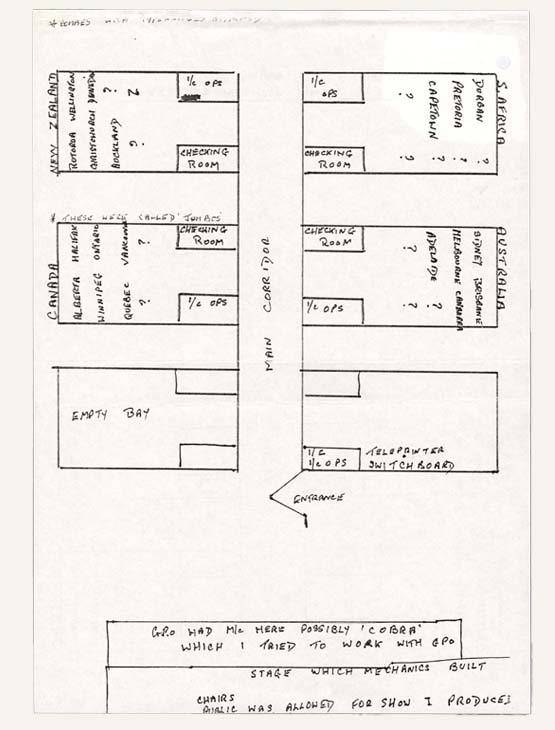
Dee Church (née Doris Allen) drew this diagram of one of the large, multi-bayed single-storey blocks erected at Stanmore. As well as Bombe machines, each bay contained a small office for the Wren in charge and space for checking machines. These buildings were surrounded by blast walls which provided both protection from air attack, but also additional secrecy and security. The entrances were guarded by a small contingent of Royal Marines Police.
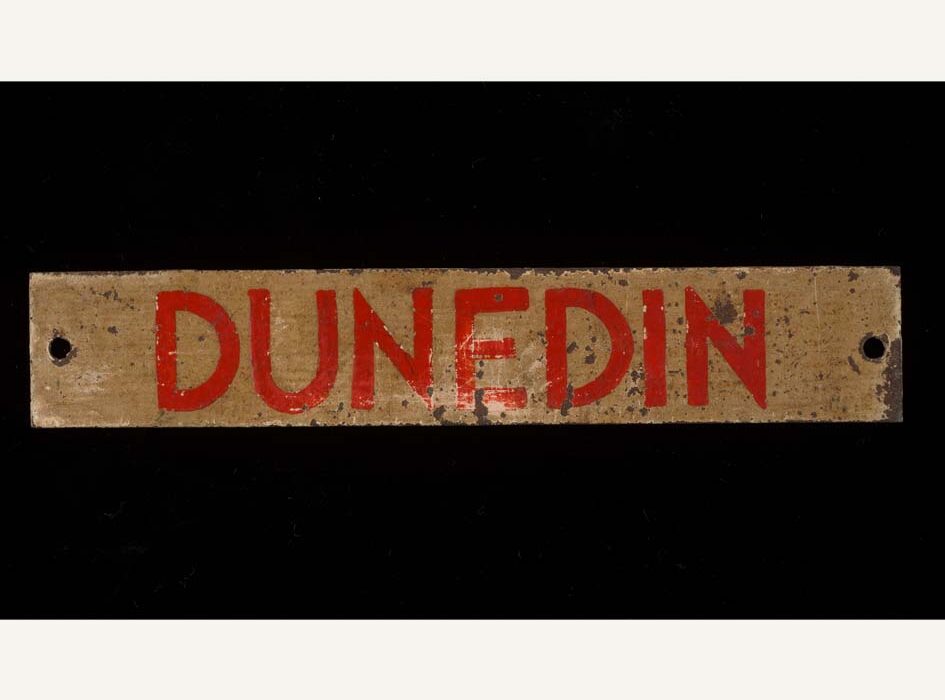
Nearly all staff working at Stanmore, mostly Wren Bombe operators and RAF mechanics, were accommodated on site. Work at Stanmore was much more regimented than at the “country-house” Outstations closer to Bletchley Park. Several Wrens noted the increase in duties including kit inspections and section drill on the parade ground. Stanmore reached its peak in June 1945, with 629 Wrens and 57 RAF mechanics, some of whom appear in this group photograph of C Watch in 1945.
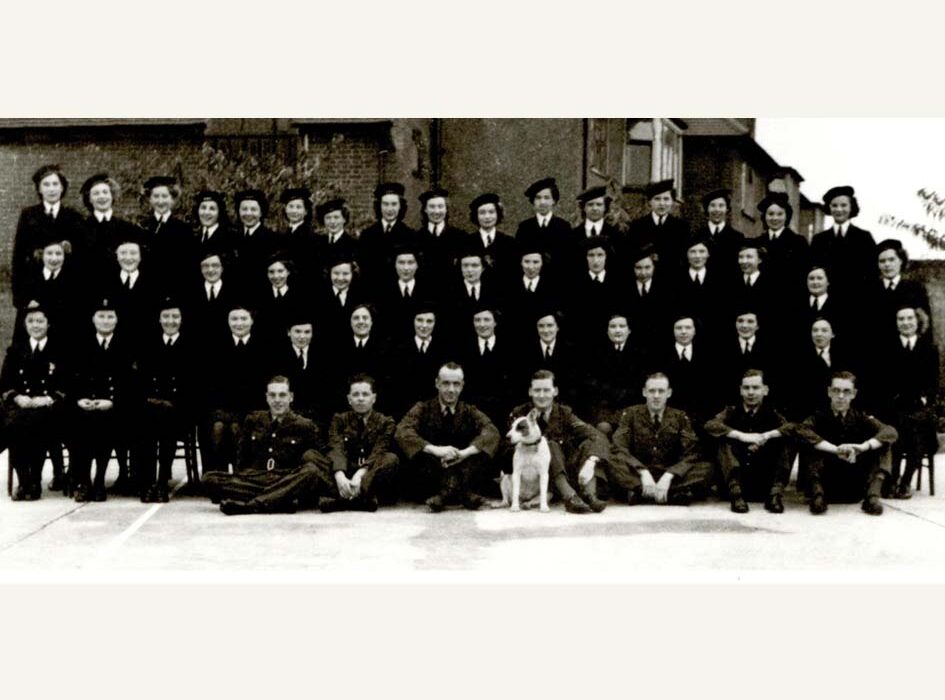
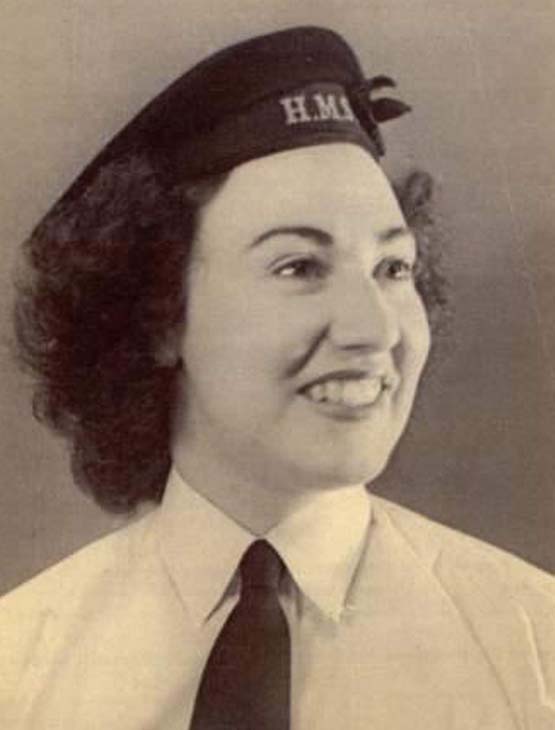
Mary Podmore (Mary Desoutter) volunteered to join the Women’s Royal Naval Service (WRNS) straight from school in August 1943 and was asked to go for a medical in the following February. After 3 weeks of training she was posted to Stanmore where she worked as a Bombe Operator. She remembers, “We did feel we were doing something useful even though it was very monotonous and you had to be careful when setting up the Bombes. You did not talk about your work even with friends who may have worked in other parts of the Bletchley Park organisation. I had one friend at this time who worked in Hut 6 at Bletchley Park but did not find this out until after the war.”
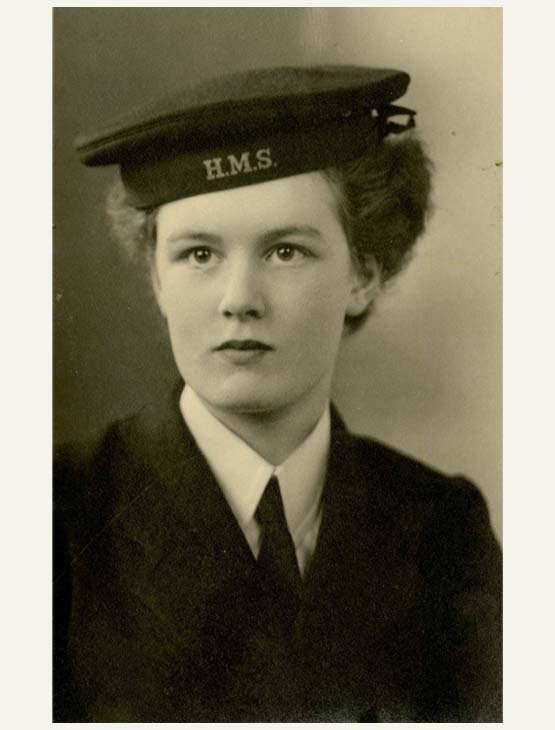
Wren Mary Stewart was operating Bombes at Stanmore when the bomb fell on 18 December 1944. She remembers, “it was about 4 am, and suddenly the whole world seemed to be coming to an end. A V1 [German flying bomb] had landed about 25 yards away and a lot of the doors and windows had blown out. There was dust everywhere and my hands were shaking so much that I thought I would get a broom to sweep up some of the broken glass so that I could have something to hold on to. Funnily enough my hair stood on end, not from fright but from the blast. There was no real harm done to us but there was a huge crater which we all looked at in the morning.”
Wren Diana Wintersladen (on the left in this photograph) was a Teleprinter and Bombe Operator at Stanmore and part of the team that helped dismantle these machines after VE day. The female staff at Stanmore lived in a block almost identical to that housing the Bombe machines. The difference was that each bay held 50 Wrens in bunk beds rather than 10 Bombe machines.
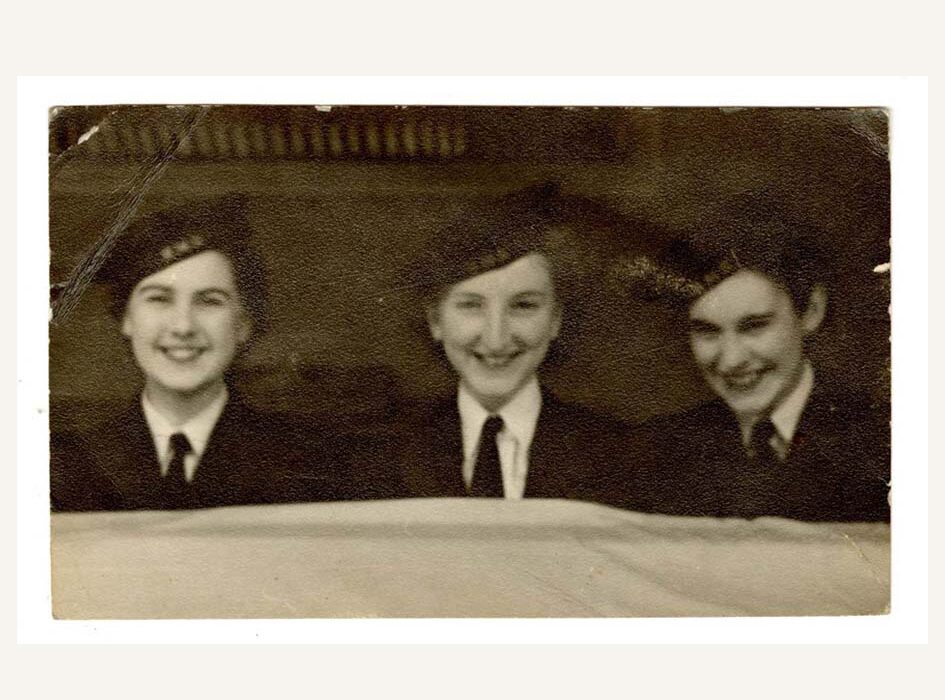
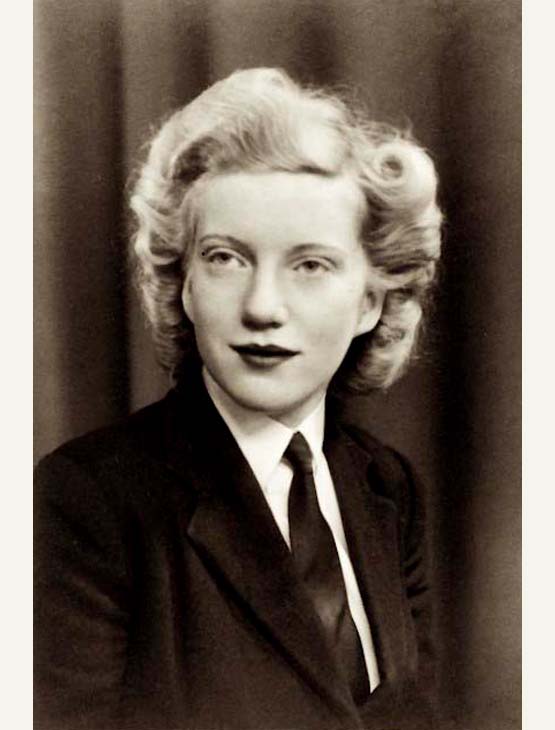
Gabrielle Stack (Gabrielle Kingaby) joined the Women’s Royal Naval Service (WRNS) in 1943 having previously qualified as a music teacher. She and her best friend Libby Stevens were transferred to Stanmore from the Outstation at Adstock Manor because, she remembers, “we kept sneaking out at night and getting caught”. The move closer to London didn’t completely stop her adventures. “The station wasn’t too far away, and we could go up to London…We had a very good time, we used to go up to the West End and dance the nights away. I met my husband at the Overseas League at a tea dance, shortly before the end of the war.”
At the end of World War Two, many Wrens could not be demobilised due to the shortage of civilian jobs and they had to be assigned to different duties. Many were sent to Stanmore to be interviewed, among them Margaret “Peg” Jones (Peg Buchanan), a Bombe Operator in Hut 11 at Bletchley Park. The interview process was time-consuming. She remembers, “Instead of sitting around Stanmore, a few of us decided to sign each other’s white scarves and then embroider the signatures.”
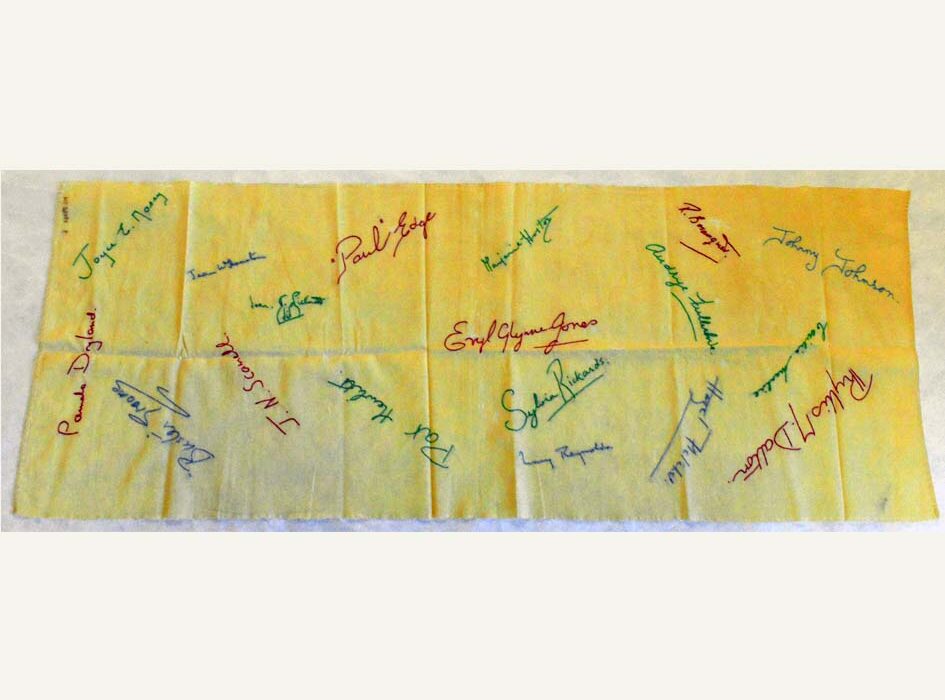
In June 2000, Bletchley Park Trust arranged a visit to the site of Stanmore Outstation for 26 former Wrens and two former RAF engineers. Many of the Wrens had not seen each other for over 50 years. Jennifer Conduit (nee Davies), who had been a Bombe Operator at Stanmore, wrote, “Thank you so much for organising the Stanmore reunion – it was marvellous and I really went home on a high.”
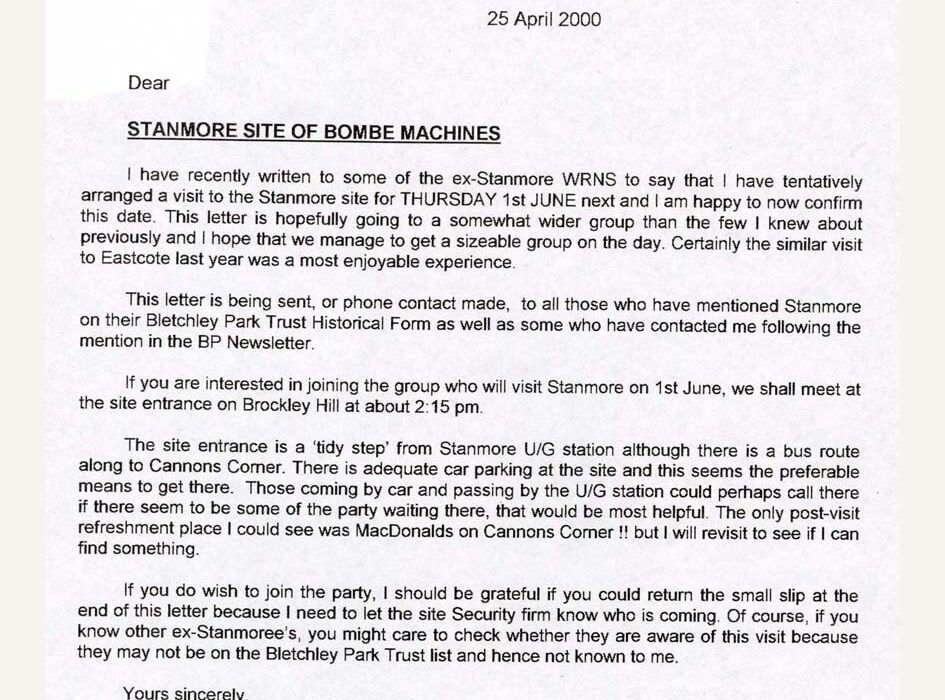
Mary Desoutter (née Podmore), another of the Veterans who visited the site of Stanmore Outstation in June 2000, took several internal and external photographs. These provide a valuable record for our collection as these buildings have since been demolished and replaced by a modern housing estate.
